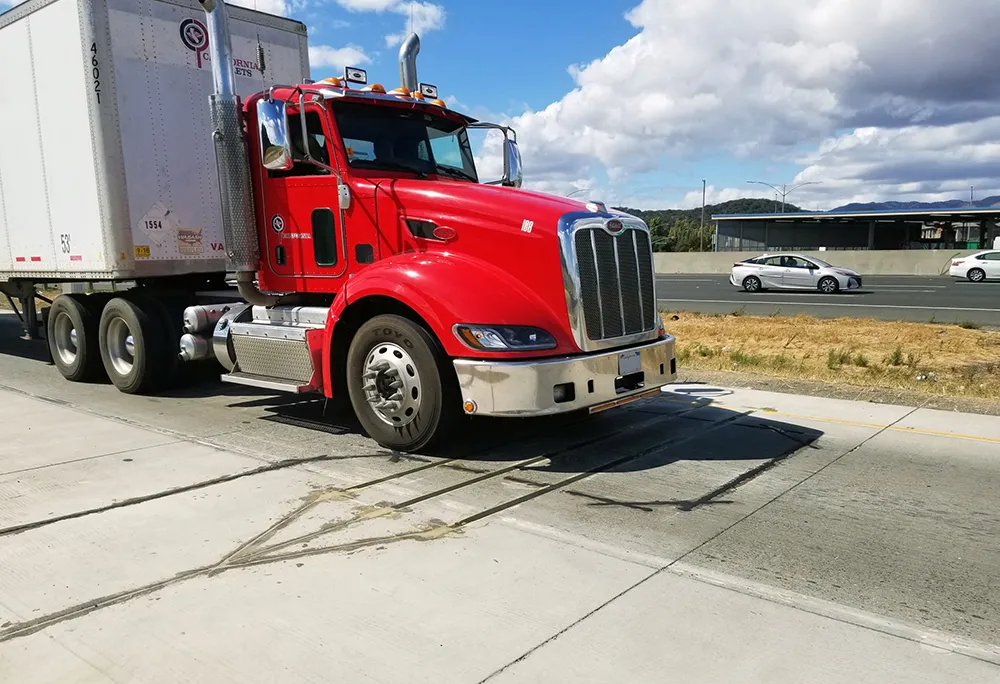To avoid traffic-related pollution, it is important to know the source and amount of pollutants emitted. PTV has developed a new method, which it has integrated into its VISUM transportation planning tool, that calculates all relevant pollutants and therefore enables traffic planners to address environmental issues while using traffic planning tools.
February 2, 2012
Read time: 2 mins

To avoid traffic-related pollution, it is important to know the source and amount of pollutants emitted. 3264 PTV has developed a new method, which it has integrated into its VISUM transportation planning tool, that calculates all relevant pollutants and therefore enables traffic planners to address environmental issues while using traffic planning tools.
Thomas Haupt, member of the Board of Directors of PTV, therefore emphasises: "The EU-Directive on emission levels urgently requires traffic-related measures in order to conform to the limit values, in particular those for NO2 levels. The new module now provides planning security and an officially recognised method for the calculation of pollutants."
Over ten years ago the environmental agencies of Germany, Switzerland and Austria pooled their resources to compile a comprehensive database of emission factors. Recently the handbook of emission factors (HBEFA) underwent a major revision. The emission factors were updated to take into account new engine concepts and emission standards, and the traffic situations for which emission factors are published were re-structured more systematically. Moreover Sweden, Norway and France joined the consortium, so that the revised HBEFA is on its way to becoming a truly European standard. With those recent developments, HBEFA perfectly complements VISUM for emission modelling.
Thomas Haupt, member of the Board of Directors of PTV, therefore emphasises: "The EU-Directive on emission levels urgently requires traffic-related measures in order to conform to the limit values, in particular those for NO2 levels. The new module now provides planning security and an officially recognised method for the calculation of pollutants."
Over ten years ago the environmental agencies of Germany, Switzerland and Austria pooled their resources to compile a comprehensive database of emission factors. Recently the handbook of emission factors (HBEFA) underwent a major revision. The emission factors were updated to take into account new engine concepts and emission standards, and the traffic situations for which emission factors are published were re-structured more systematically. Moreover Sweden, Norway and France joined the consortium, so that the revised HBEFA is on its way to becoming a truly European standard. With those recent developments, HBEFA perfectly complements VISUM for emission modelling.










